I didn’t know today’s mesmerizing performance would change me and how I look at situations. As the lights dimmed, the faint sounds of the sitar strummed in the background, and the first movement of the Kathak dancer began. I watched the dancers, amazed. Every move told ancient stories of gods and love. Indian classical dance is more than just beautiful – it’s full of deep meaning and spiritual importance.
India’s Cultural Treasure: Classical Dance Forms

Indian classical dance is an ancient art that has evolved over thousands of years. These forms of dance are more than just entertainment; they are a spiritual expression, often used as a medium to convey devotion and mythological stories. Every movement is infused with meaning, from the slight flick of the wrist to the graceful bending of the knees.
In Bharatanatyam, originating from Tamil Nadu, we find a dance form that has its roots in temple performances, an offering to the gods. With its emphasis on precise movements, strong footwork, and expressive facial gestures, Bharatanatyam is a visual delight. This dance is not just about rhythm and music; it tells the tales of the gods, especially Lord Shiva and Goddess Parvati. Every dancer embodies these stories, making them real for the audience.
Kathak, on the other hand, comes from North India and is known for its fast spins, intricate footwork, and expressive eyes. This dance form, which blends both Hindu and Mughal influences, was once performed in the courts of emperors. Kathak dancers narrate epics like the Mahabharata and Ramayana, spinning tales of love, valor, and tragedy.
In Kerala, the art form of Mohiniyattam tells the stories of enchantresses, while Kathakali brings to life the grand epics with its vibrant costumes and makeup. These dance forms, despite originating in different regions, share a common thread: they are all deeply rooted in spirituality and history.
The Soul of India: Classical Music
Just as dance is an integral part of Indian culture, so too is Indian classical music. The beauty of Indian music lies in its complexity and depth. Unlike Western music, which often revolves around harmony, Indian music focuses on melody and rhythm. It is a form of music that seeks to evoke specific emotions, known as rasas, and is deeply connected to nature and spirituality.
Know more: https://www.indiaculture.gov.in/dance
There are two main forms of Indian classical music: Hindustani in the North and Carnatic in the South. Both have distinct styles but share many underlying principles.
Hindustani music is popular in north India. It focuses a lot on making up music on the spot. The main idea is called a raga, which is like a musical outline that musicians build on. People say different ragas can make you feel certain emotions or even affect nature. Some ragas are meant for specific times of day. For example, Raga Bhairav is for early morning, and Raga Yaman is for evening.
In the South, Carnatic music focuses more on composition. While improvisation still plays a role, the compositions of great masters like Thyagaraja and Muthuswami Dikshitar are held in high regard. Carnatic music is known for its structured approach, with intricate rhythms and melodic patterns known as talas and ragas. Performances often include devotional compositions, many of which are dedicated to Hindu deities.
The Role of Instruments in Indian Classical Music
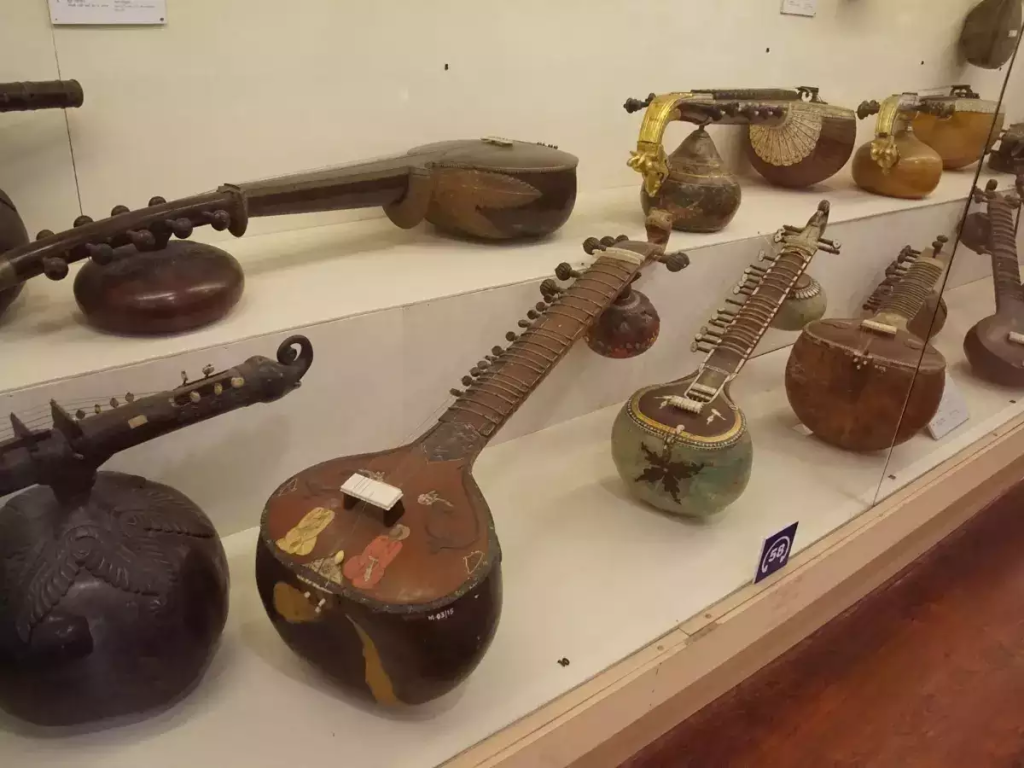
The instruments utilized in Indian classical music are equally important as the vocal performance. The most well-known Indian instrument in the West is probably the sitar, which Ravi Shankar introduced. It is a flexible instrument that can transmit a wide range of emotions due to its intricate build and distinctive tone.
The tabla is another key instrument in Hindustani music. These two small drums are played with the fingers and palms to create a variety of rhythmic patterns, known as talas. The tabla player, along with the vocalist or instrumentalist, improvises within the structure of the raga, creating a dynamic and evolving performance.
The mridangam is the main percussion instrument used in Carnatic music. The veena and flute offer melody, and its rich, resonant sound delivers the performance rhythm. These instruments work in harmony to provide a beautiful sound that takes the listener to another world.
Indian Classical Dance and Music: A Living Tradition
What makes Indian classical dance and music so special is that they are not static art forms. Despite being deeply rooted in tradition, these art forms continue to evolve. Contemporary artists are experimenting with new ways to present these classical forms, blending them with modern techniques without losing their original essence.
Performances can now be seen in grand auditoriums, on digital platforms, and even in international festivals, where Indian classical music and dance captivate global audiences. Despite the changes in presentation, the core of these art forms remains the same: they continue to be a powerful medium for storytelling and spiritual expression.
Conclusion: India’s Eternal Symphony
Indian classical music and dance are not just art forms; they are the very heartbeat of Indian culture. They tell the stories of gods and goddesses, of love and war, of devotion and liberation. For centuries, they have been passed down from generation to generation, evolving yet retaining their core spiritual and cultural essence.
Whether it’s the quick, beautiful movements of a Bharatanatyam dancer or the haunting melodies of a sitar, Indian classical dance and music can transport the audience to another time and place. These artistic disciplines are ageless, richly rooted in the past, yet always changing.
Also read: https://theaspectratio.in/travel/the-symphony-of-monsoon-indian-mythology-and-rains-divine-dance/
As we continue to embrace modernity, it is important to cherish and preserve these traditions. They are not only a source of entertainment but a window into the soul of India, a country where art, spirituality, and history are intertwined in a beautiful, eternal symphony.

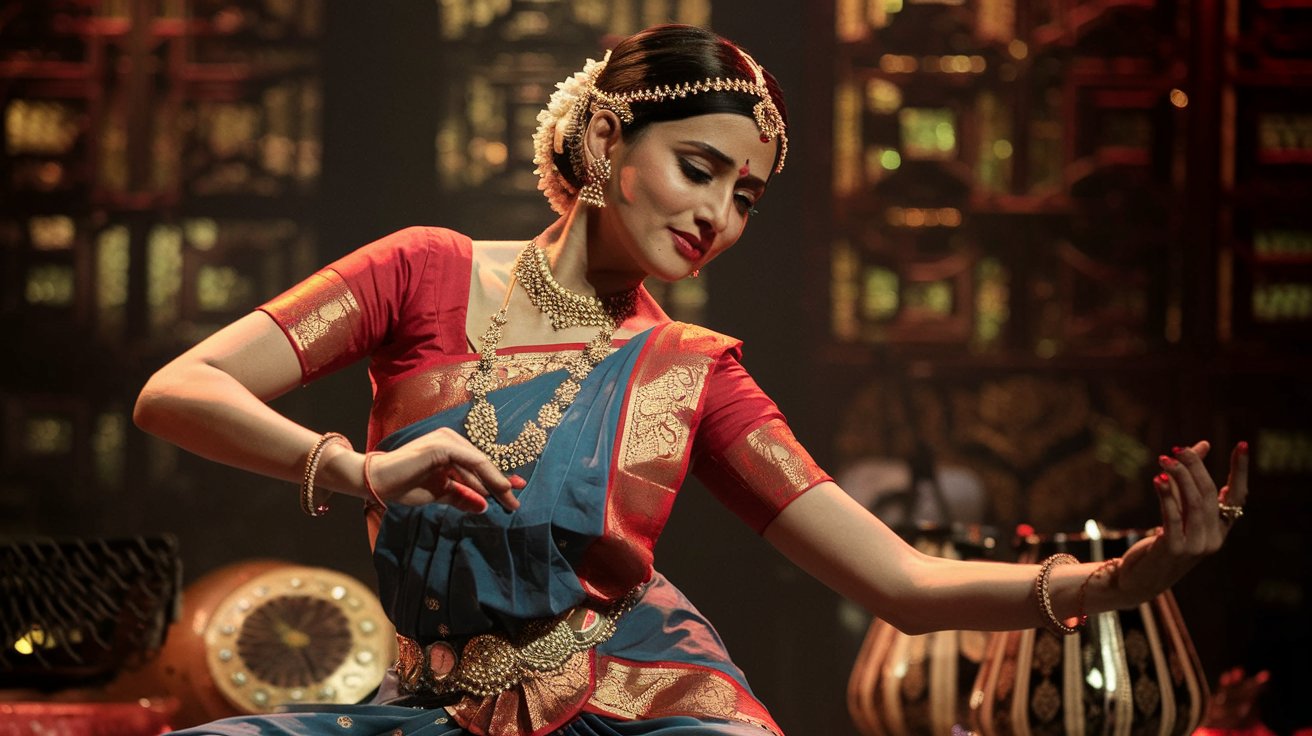
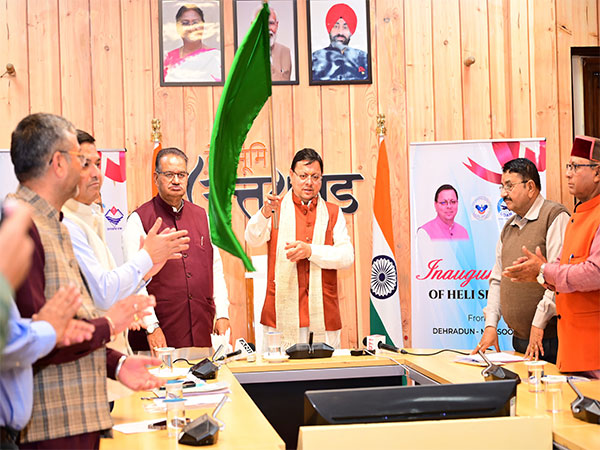
 By
By
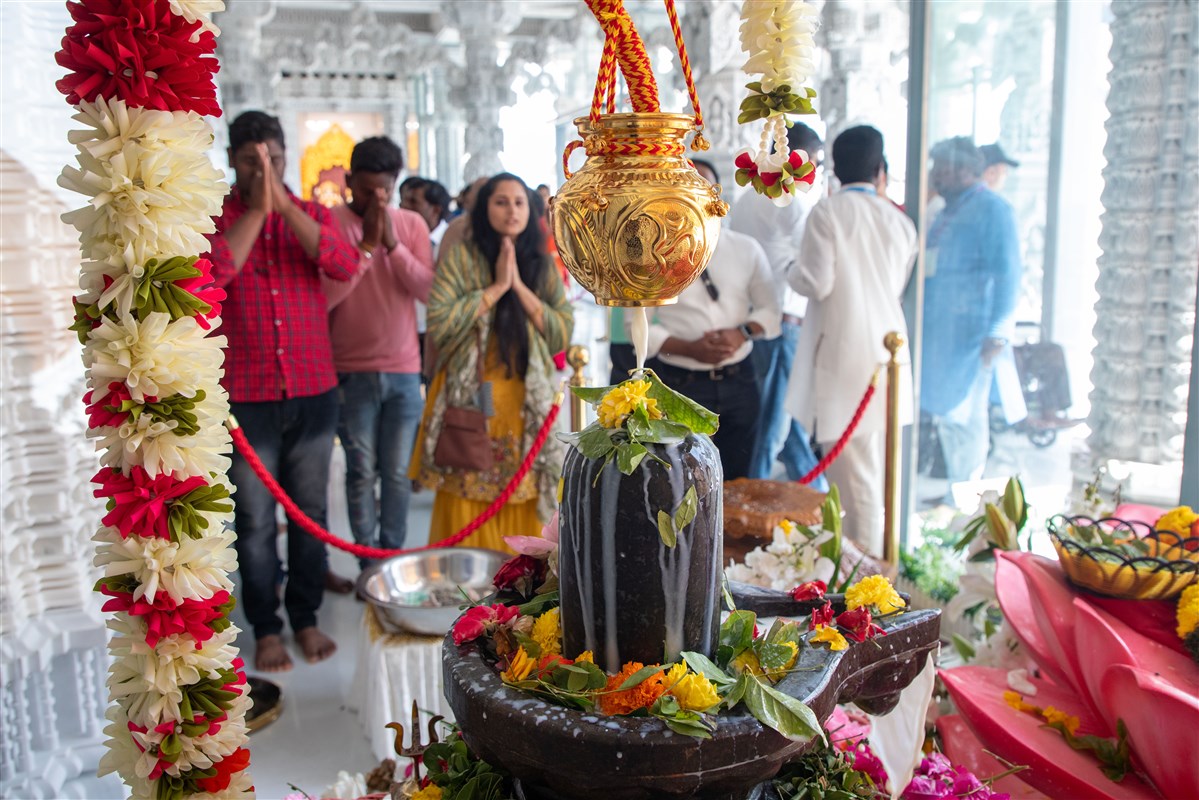
 By
By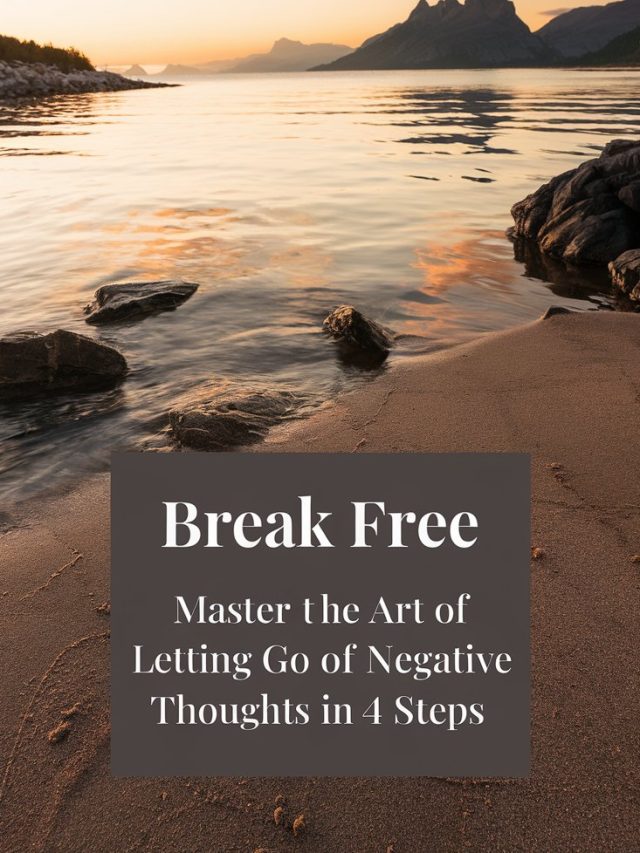

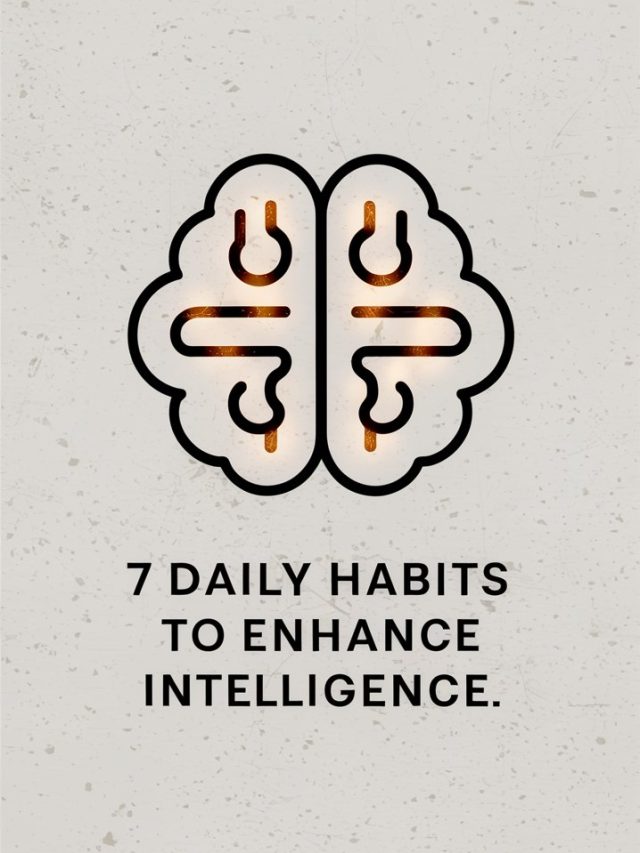
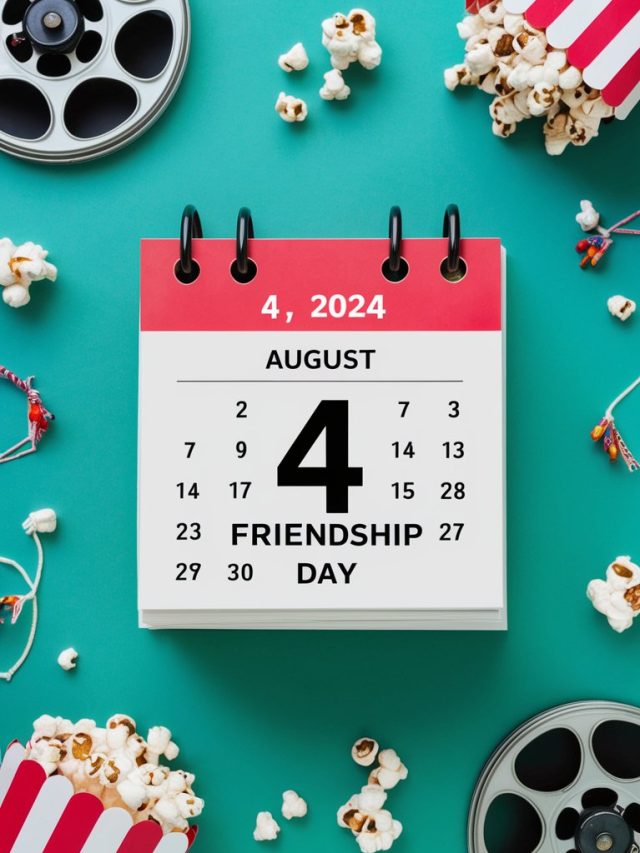

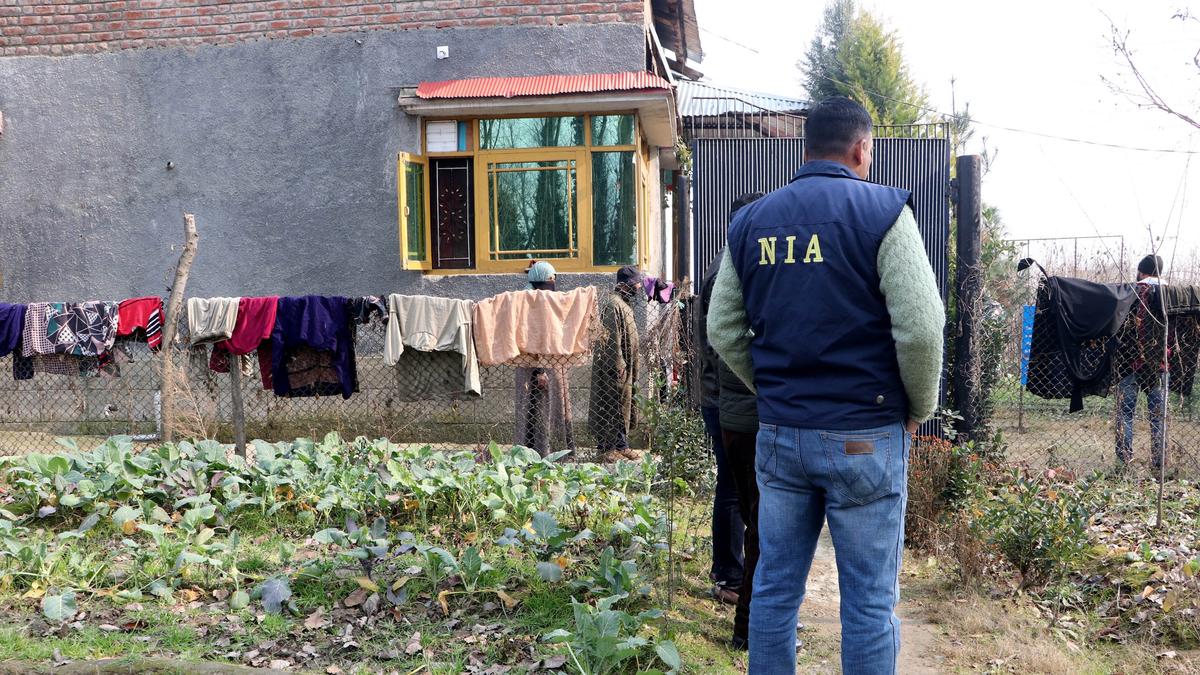
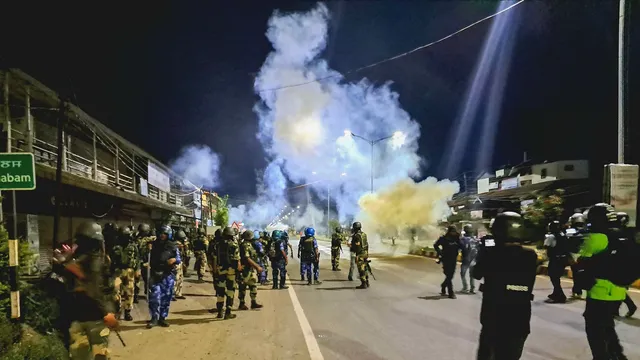

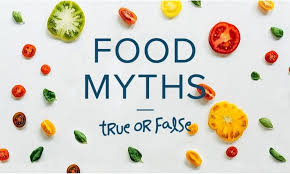
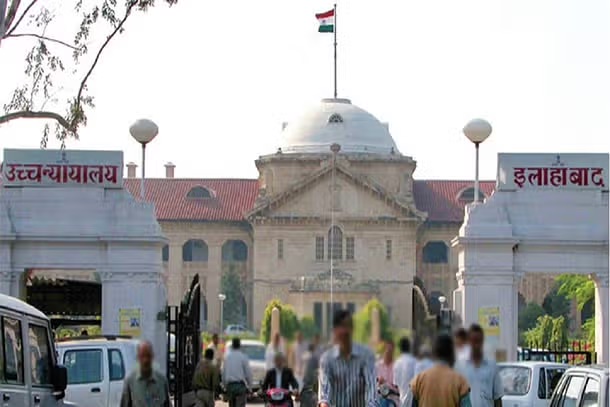
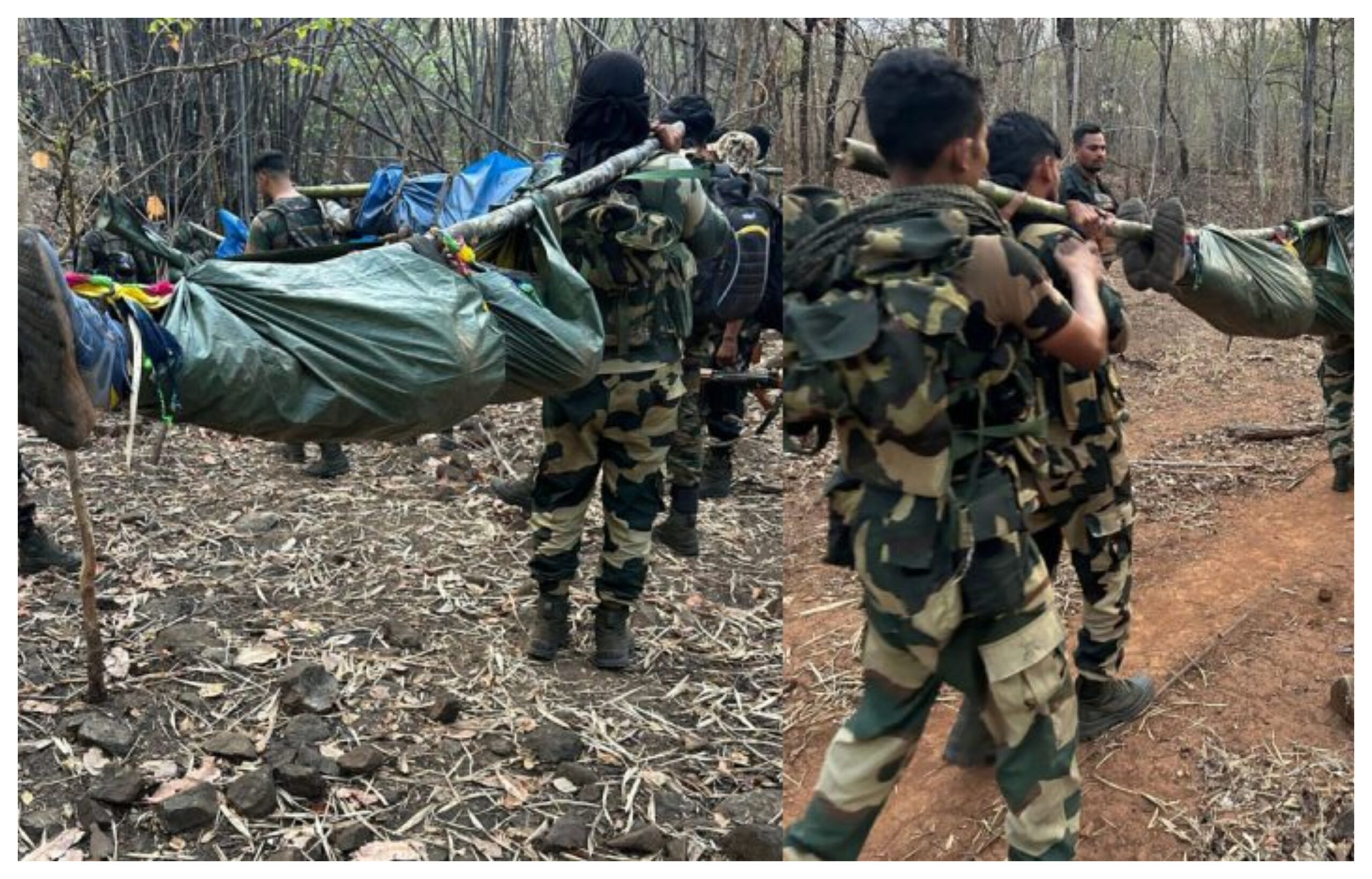
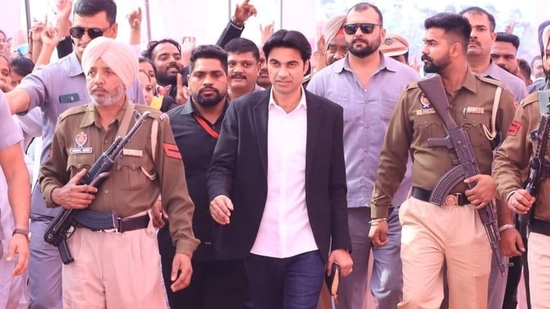
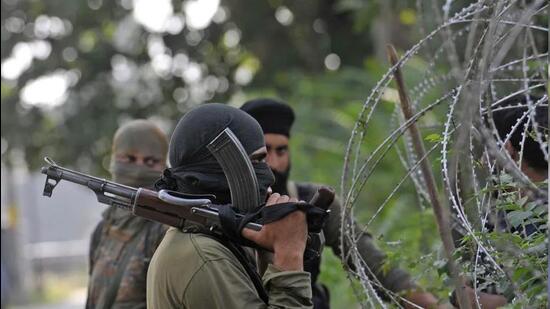
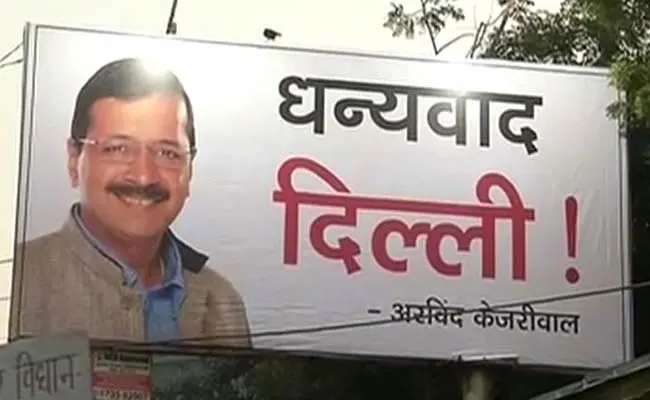
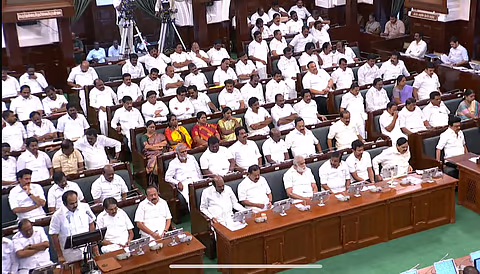
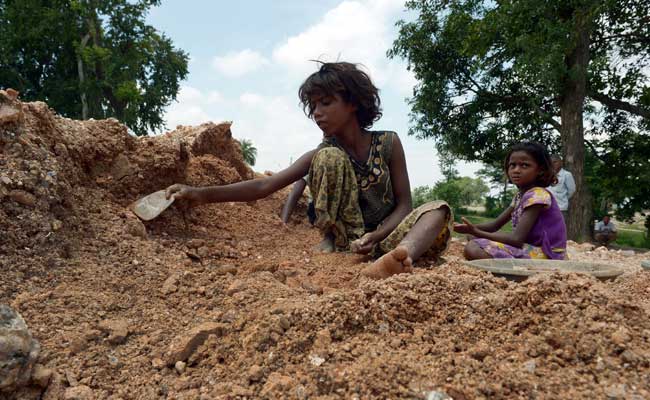
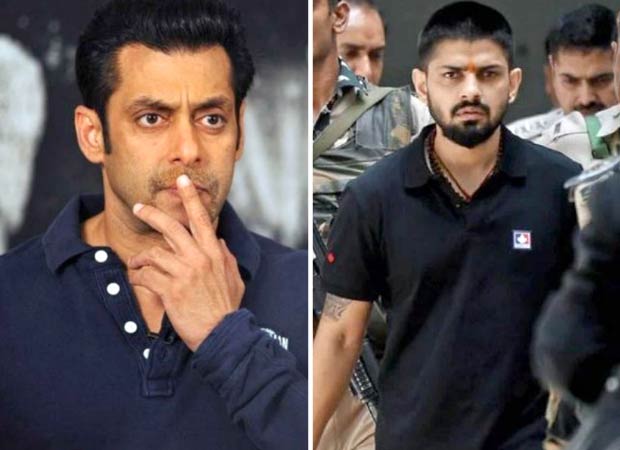

Knowledgeable